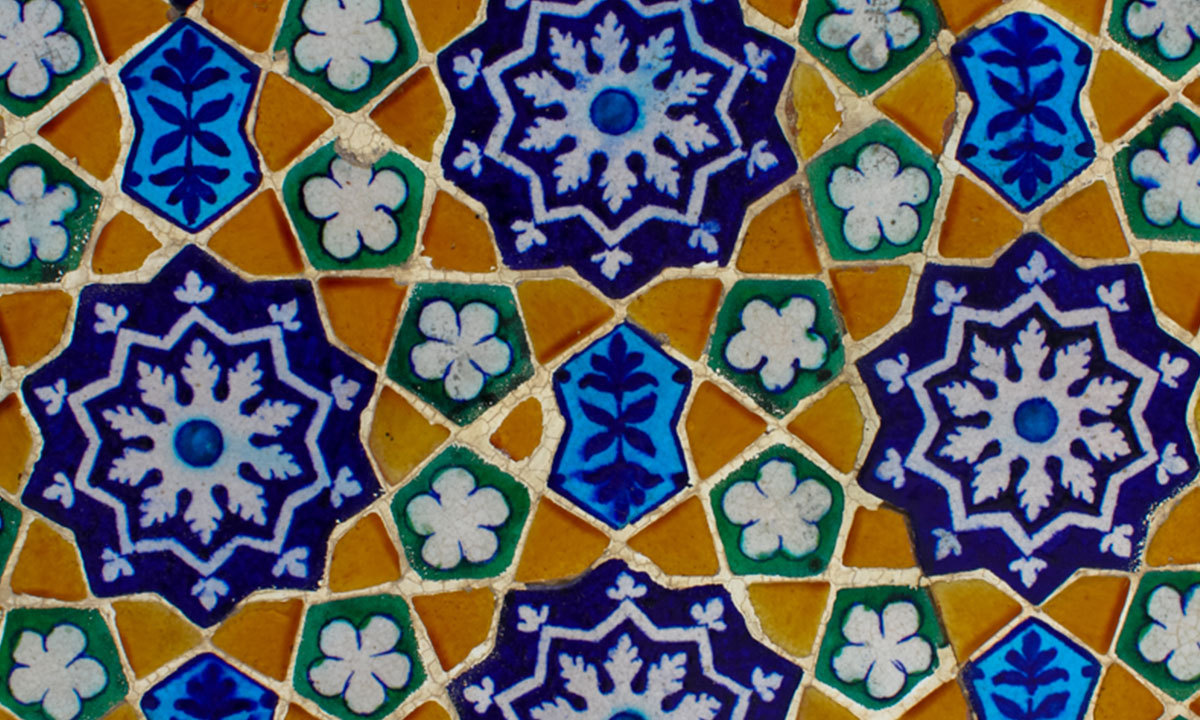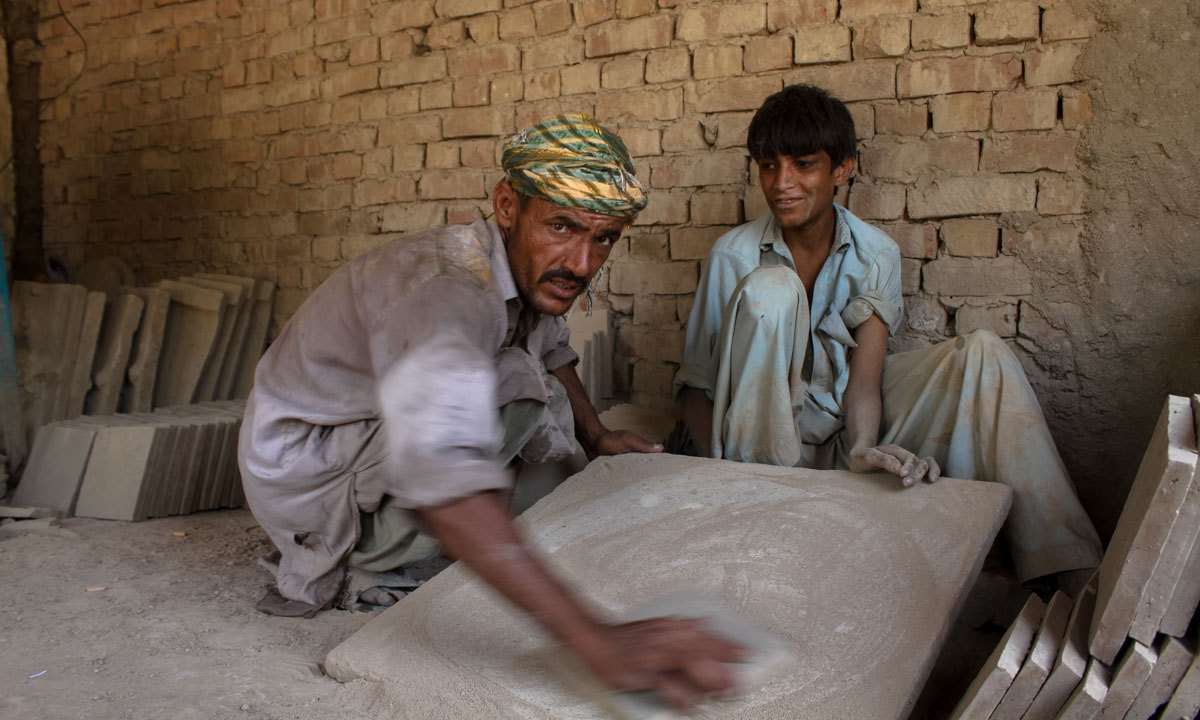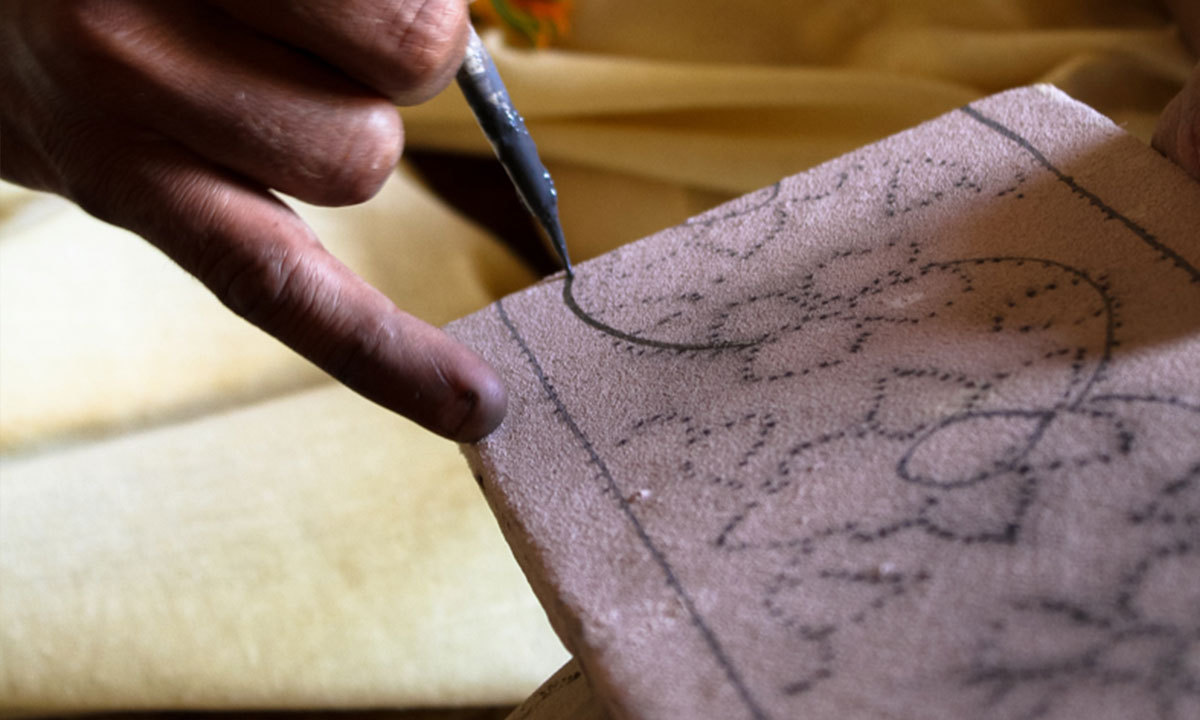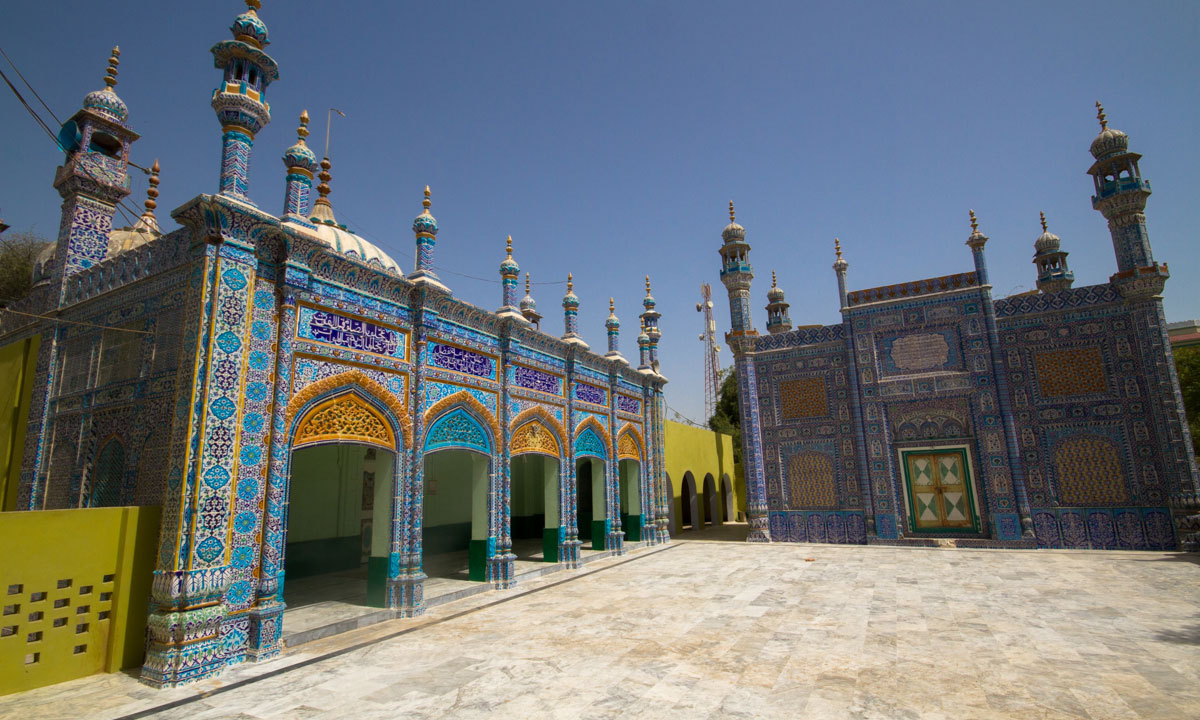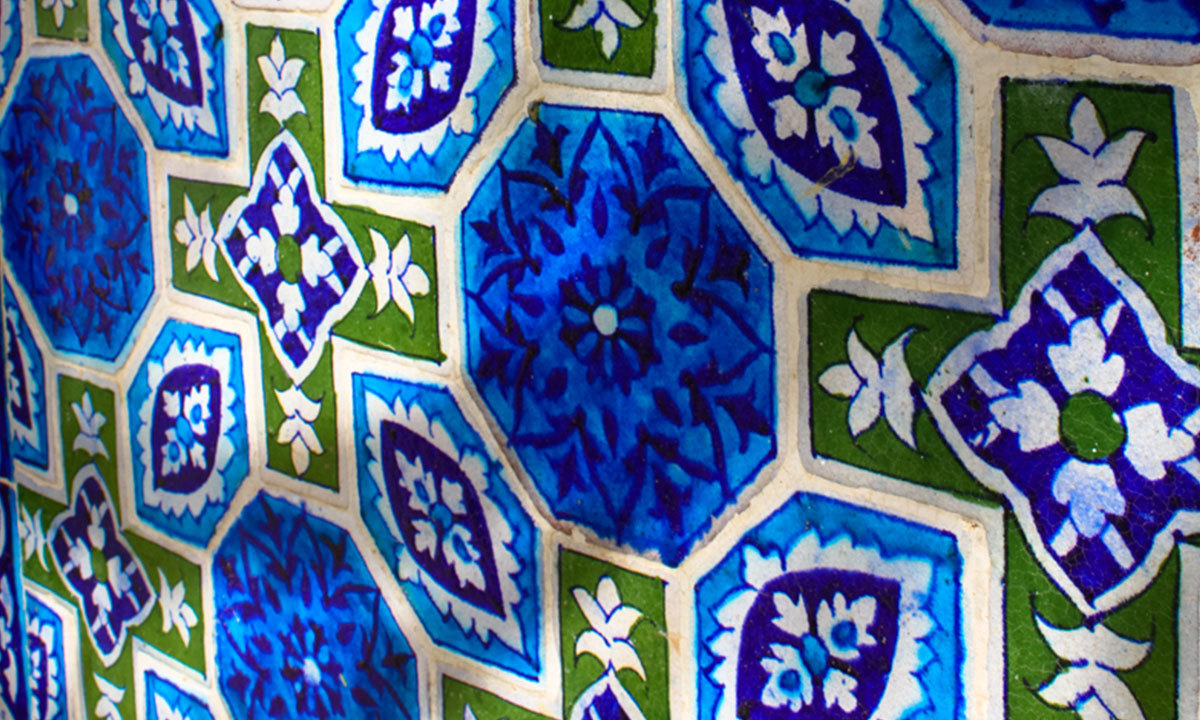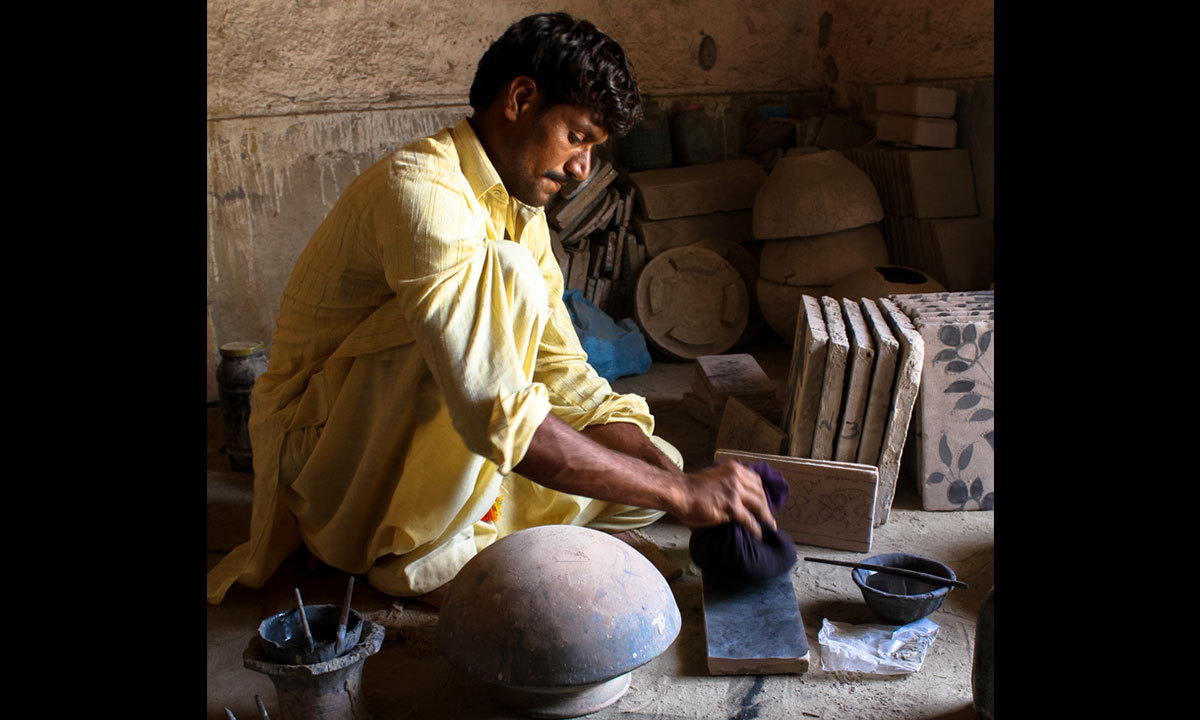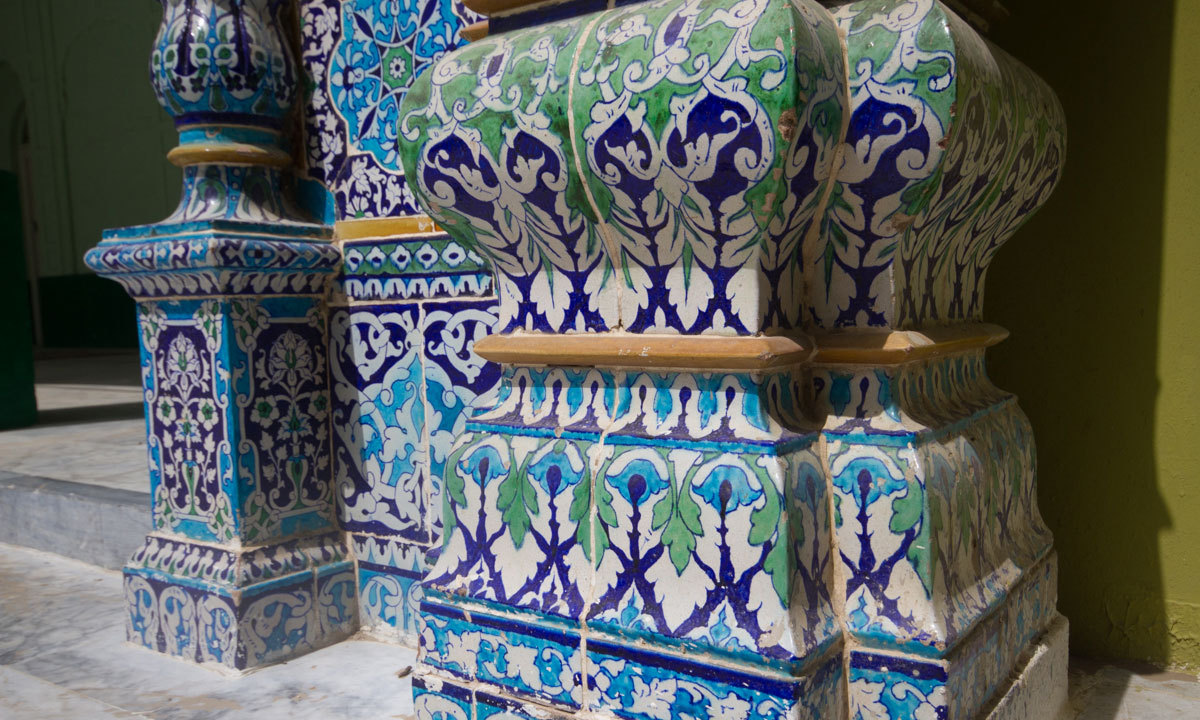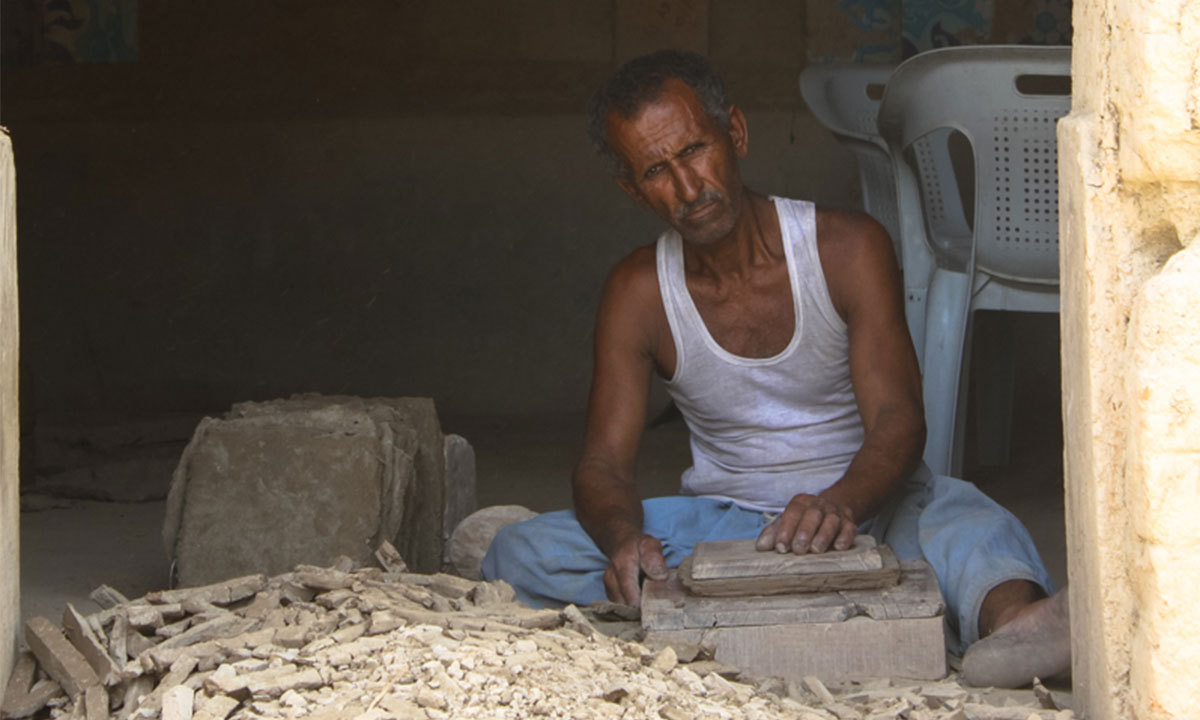The blue art of Pakistan
By Saadia Khalid
ISLAMABAD: The Arts have deep roots in the history and culture of Pakistan and the famous Kashi work has been more deeply entrenched than other art forms due to its appealing blue color and traditional designs.
Usually known as Kashgari, the famous art form is said to have its roots in the ancient and elegant Gandhara Art and while similar art is found in Cambodia and Thailand it lacks the sophistication of Gandhara.
According to some historians, the kashgari art in glazed blue ceramics is related to the kashigari originating in Central Asia and Kashgar (China) while some relate it with early art of the subcontinent at the beginning of the first century AD.
It is used to decorate walls of tombs and also displayed as one of the finest examples of art in the museums of Pakistan and in international museums including the British Museum.
Whether in the form of hand painted pottery or the works on the walls of a building (usually shrines), blue tile work or decoration pieces, they are equally popular nationwide and internationally.
Multan and its outskirts are considered the hub for this kind of art and that is why a majority of the tombs and shrines situated in Multan are decorated with this wonderful art.
This art is usually a family profession of many which is taught from generation to generation with exactness and quality.
Kashgari does not only involve painting with blue and white colour but a special technique is applied to prepare the blue colour from a mixture of cobalt oxide and copper oxide at temperatures around 1,200 degrees centigrade.
A quick look at this art may fail to capture the diversity it holds but careful observation reveals that the uniform appearance of the art is actually deceptive and there is great variation in sizes and patterns.
Moreover, there is a wide range of practical use products including table lamps, crockery, candle stands, vases, fruit baskets and jars available in market and they have always succeeded in grasping the attention of locals and tourists.
Daily Times - Leading News Resource of Pakistan
By Saadia Khalid
ISLAMABAD: The Arts have deep roots in the history and culture of Pakistan and the famous Kashi work has been more deeply entrenched than other art forms due to its appealing blue color and traditional designs.
Usually known as Kashgari, the famous art form is said to have its roots in the ancient and elegant Gandhara Art and while similar art is found in Cambodia and Thailand it lacks the sophistication of Gandhara.
According to some historians, the kashgari art in glazed blue ceramics is related to the kashigari originating in Central Asia and Kashgar (China) while some relate it with early art of the subcontinent at the beginning of the first century AD.
It is used to decorate walls of tombs and also displayed as one of the finest examples of art in the museums of Pakistan and in international museums including the British Museum.
Whether in the form of hand painted pottery or the works on the walls of a building (usually shrines), blue tile work or decoration pieces, they are equally popular nationwide and internationally.
Multan and its outskirts are considered the hub for this kind of art and that is why a majority of the tombs and shrines situated in Multan are decorated with this wonderful art.
This art is usually a family profession of many which is taught from generation to generation with exactness and quality.
Kashgari does not only involve painting with blue and white colour but a special technique is applied to prepare the blue colour from a mixture of cobalt oxide and copper oxide at temperatures around 1,200 degrees centigrade.
A quick look at this art may fail to capture the diversity it holds but careful observation reveals that the uniform appearance of the art is actually deceptive and there is great variation in sizes and patterns.
Moreover, there is a wide range of practical use products including table lamps, crockery, candle stands, vases, fruit baskets and jars available in market and they have always succeeded in grasping the attention of locals and tourists.
Daily Times - Leading News Resource of Pakistan






